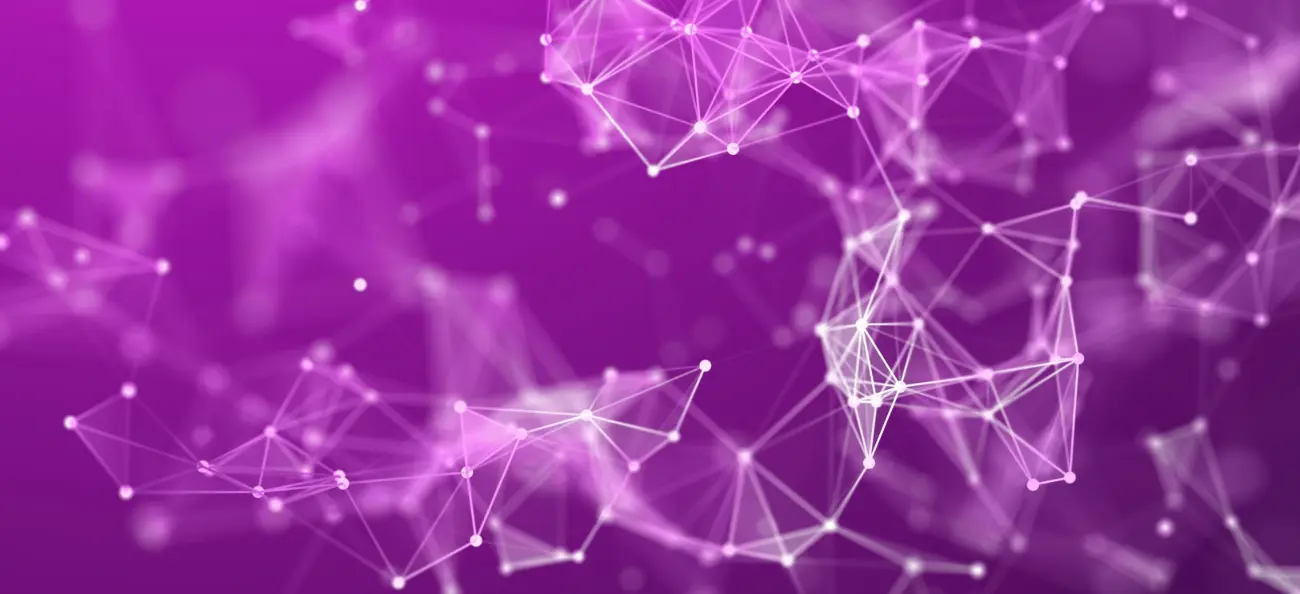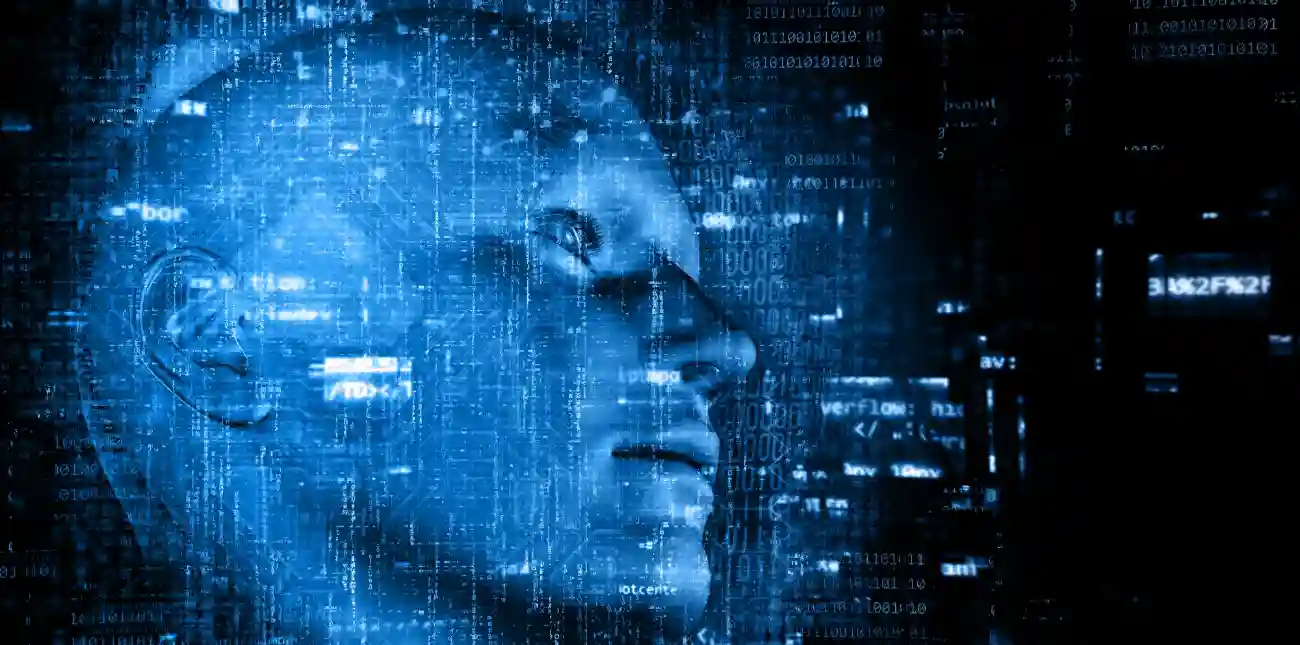Table of Contents:
- What is the ChatGpt? The Revolutionary AI Chatbot
- Now, how does a neural network work?
- The Neural Network and Text Generation Models
- What versions of ChatGPT are available for use now?
- On how much text was ChatGPT trained?
- What are tokens?
- What is the ChatGPT – Generative Pre-trained Transformer
- Conclusion
- What is the ChatGPT – FAQ
Artificial intelligence is a term ubiquitous in today’s discourse, permeating nearly every facet of our lives. While its presence is evident in certain domains, in others, it remains largely uncharted. The landscape of artificial intelligence underwent a seismic shift with the advent of ChatGPT, often encapsulated in the question, ‘What is the ChatGpt?’ This marked the genesis of the first highly visible chatbot, widely embraced for catalyzing creativity and streamlining diverse tasks. We’ll delve deeper into the essence of ChatGPT in this article.
What is the ChatGpt? The Revolutionary AI Chatbot
Let’s start with a simplified explanation of what ChatGPT really is. It’s a large language model (LLM) based on machine learning and an artificial neural network. Essentially, it’s a piece of software where you input a portion of text, and based on that text, it generates a response. The abbreviation GPT stands for Generative Pre-trained Transformer. The crucial word here is “pre-trained,” indicating it was trained beforehand.
Now, if we pause to explain this term, what does “pre-trained” actually mean? Again, let’s simplify. A vast amount of textual data was fed into this software—comprising numerous books, texts, internet articles, and factual information. Based on this data bundle, the software began learning and acquired fundamental knowledge.
It learned to string words into sentences, understood some context of questions, and gathered knowledge to generate responses. For instance, if you ask the ChatGPT model who the President of France is, it connects two key words: President and France. Using this, it can work with such a question, find essential information, and provide an answer.
It’s worth mentioning that ChatGPT isn’t the only model of its kind available today. Other large language models include Google’s Bard and Meta’s Llama.
Now, how does a neural network work?

A neural network is a computer program inspired by the workings of the human brain. It comprises numerous small units called neurons. Neurons are interconnected and exchange information among themselves. Each neuron has its own inputs and outputs. Inputs receive information from other neurons. This information is strengthened or weakened based on a weight assigned to each input. Then, based on this weight, the neuron decides whether to produce an output or not.
Neural networks are typically divided into several layers. The input layer contains neurons that receive information from the outside world. The output layer contains neurons that generate output information. Between the input and output layers, there may be additional layers that process information.
Neural networks learn from received data. This data could be in the form of images, text, or sounds. The neural network endeavors to learn all relationships between input and output data.
The Neural Network and Text Generation Models
So how is it possible that a ChatGPT, utilizing a neural network, precisely knows what to respond to a sentence like “Write me something nice to lift my mood”?
Text-generating artificial intelligence learns from vast amounts of text data. This data could be from books, articles, emails, or conversations. The neural network aims to comprehend relationships between words and phrases in this data. Consequently, it learns things like the sky being blue, the sun being yellow, and grass being green. From this vast array of text, it also learns about human psychology and what can uplift someone’s mood (for instance, it can learn this from books focused on human psychology).
As a result, it remembers certain associations, like “lift my mood” = “do something enjoyable.” Using this association, it might respond with a sentence like: “Think about something that brings you joy. It could be your hobby, an interest, or simply something that brings you comfort.”
However, ChatGPT doesn’t comprehend questions like a human does. It only has stored word associations in its algorithm, based on which it generates text. This doesn’t mean you’re conversing with a machine that empathetically understands your query. It simply utilizes parts of stored word associations to produce a text response.
It’s similar when you ask ChatGPT to write PHP code for a basic contact form. It has many examples of such forms stored in its memory, and it just pieces one together. That’s also why not all codes generated by ChatGPT work; it’s not a programmer. It merely presents previously learned models of various PHP scripts. Sometimes it hits the mark, while other times, even after several attempts, its code might not function properly.
What versions of ChatGPT are available for use now?

You now have access to several versions that differ significantly in performance and the volume of data on which these versions were trained.
- 3.5 version of ChatGPT
- 4.0 version of ChatGPT
- ChatGPT Plus
ChatGPT 3.5 is the basic version, available for free on the website https://chat.openai.com. Trained on a dataset of roughly 45 TB of text, this version can generate text, perform language translations, and create various forms of creative content.
ChatGPT 4.0 is a closed version available only through a subscription. Trained on a dataset of 175 TB (almost 4x larger than the previous version), it can also interact with the internet, providing more current and precise information.
ChatGPT Plus is a paid version of ChatGPT 3.5 that offers additional features such as:
- Plugins enabling ChatGPT to use additional functions like web scraping or code generation.
- Advanced Data Analysis allowing ChatGPT to analyze data.
- Unlimited conversations.
On how much text was ChatGPT trained?
As mentioned earlier, it depends on the model. Higher versions of ChatGPT were trained on a dataset of 175 TB (175,000 GB). Within this data, ChatGPT primarily learned language patterns. However, these are unfiltered data, potentially including harmful content such as falsehoods, disinformation, propaganda, racially or sexually offensive texts, and more.
It’s crucial to filter such data to prevent the emergence of what’s termed BIAS. In simpler terms, prejudice or bias. Bias in the context of artificial intelligence (AI) refers to an unobjective or distorted tendency that might negatively impact AI system outcomes. It can manifest in various forms. Let me illustrate with an example I’ve mentioned before.
If artificial intelligence is embedded in a car to take over driving instead of a human, bias might affect its decision-making. It could face a situation where it must choose the lesser of two evils: either crash into a canal with a person on board without harming the passenger, or hit a dark-skinned person to avoid endangering the occupants. If the AI is trained on biased data including racially charged texts, it might make an incorrect decision, opting to collide with the dark-skinned person. In unbiased data, it would rather steer the car into the canal, posing no danger to either the occupants or the person on the road.
For this reason, all training text sets were filtered to exclude data that could cause such bias. As a result, the actual size of the data used by ChatGPT is significantly lower. The precise figure is unknown to OpenAI.
What are tokens?
In the context of AI and ChatGPT, tokens are small units of text used to represent larger text formats. Tokens can be words, numbers, symbols, or other characters. They can be as short as a single character or as long as an entire word. They represent the most concise form of text that a language model can understand.
ChatGPT uses tokens to represent the text provided to it. These tokens are then used to train the model on a large corpus of text and code. This training process enables the model to learn relationships between different tokens and generate text similar to the text it was trained on.
Here are some examples of tokens that ChatGPT may use:
- Words: one, two, three, four, five
- Numbers: 1, 2, 3, 4, 5
- Characters: . ; , : ?
- Other symbols: – * /
Tokenization is the process by which ChatGPT breaks down a piece of text into smaller elements, which are the tokens mentioned above. This process is crucial for the model to effectively understand written text and process human language. The number of tokens varies in every language. The same text in English and Czech will not only have a different number of words but also a different number of tokens compared to the number of words used in the text. Generally, Czech is more token-intensive. If a paid language model charges based on the number of tokens, unfortunately, Czech will be more expensive than English.
What is the ChatGPT – Generative Pre-trained Transformer
Conclusion
This article is a brief explanation of what ChatGPT is and how it functions. Artificial intelligence, especially in language models, is continuously evolving. I won’t delve into details such as moral or philosophical questions here. I’ve written another article on that topic: “Moral Dilemmas Of A.I. That Are Better To Discuss“.
For a fundamental understanding of what ChatGPT is and how this language model operates, this text should suffice. If you have more inquiries about artificial intelligence, more articles will be available over time.
What is the ChatGPT – FAQ
ChatGPT is a large language model (LLM) developed by OpenAI. It’s a computer program capable of generating text, translating languages, producing various types of creative content, and answering questions.
ChatGPT is based on machine learning. It was trained on an extensive dataset of text and code, including books, articles, web pages, code, and other textual sources.
ChatGPT learns relationships between words and phrases within this dataset, enabling it to generate text similar to what it was trained on.
ChatGPT 3.5 is the basic version, available for free on the website https://chat.openai.com. This version is trained on a dataset of approximately 45 TB of text and can generate text, translate languages, and create various types of creative content.
ChatGPT 4.0 is a closed version available via subscription only. Trained on a dataset of 175 TB (almost 4 times larger than the previous version), it can interact with the world via the internet, providing more up-to-date and accurate information.
ChatGPT Plus is a paid version of ChatGPT 3.5, offering additional features such as Advanced Data Analysis or the use of plugins.
Advantages:
- Generates text similar to human text.
- Translates languages.
- Produces various types of creative content.
- Answers questions.
Disadvantages:
- May generate inaccurate or misleading text.
- Occasionally generates offensive or harmful text (efforts are made over time to implement barriers).
- Can be used to spread misinformation or propaganda.
ChatGPT can be both safe and unsafe, depending on its usage. When used responsibly, it can be a valuable tool. However, if used irresponsibly, it can be utilized to spread misinformation or propaganda.
The website is created with care for the included information. I strive to provide high-quality and useful content that helps or inspires others. If you are satisfied with my work and would like to support me, you can do so through simple options.
Byl pro Vás tento článek užitečný?
Klikni na počet hvězd pro hlasování.
Průměrné hodnocení. 0 / 5. Počet hlasování: 0
Zatím nehodnoceno! Buďte první
Je mi líto, že pro Vás nebyl článek užitečný.
Jak mohu vylepšit článek?
Řekněte mi, jak jej mohu zlepšit.

Subscribe to the Newsletter
Stay informed! Join our newsletter subscription and be the first to receive the latest information directly to your email inbox. Follow updates, exclusive events, and inspiring content, all delivered straight to your email.
Are you interested in the WordPress content management system? Then you’ll definitely be interested in its security as well. Below, you’ll find a complete WordPress security guide available for free.

